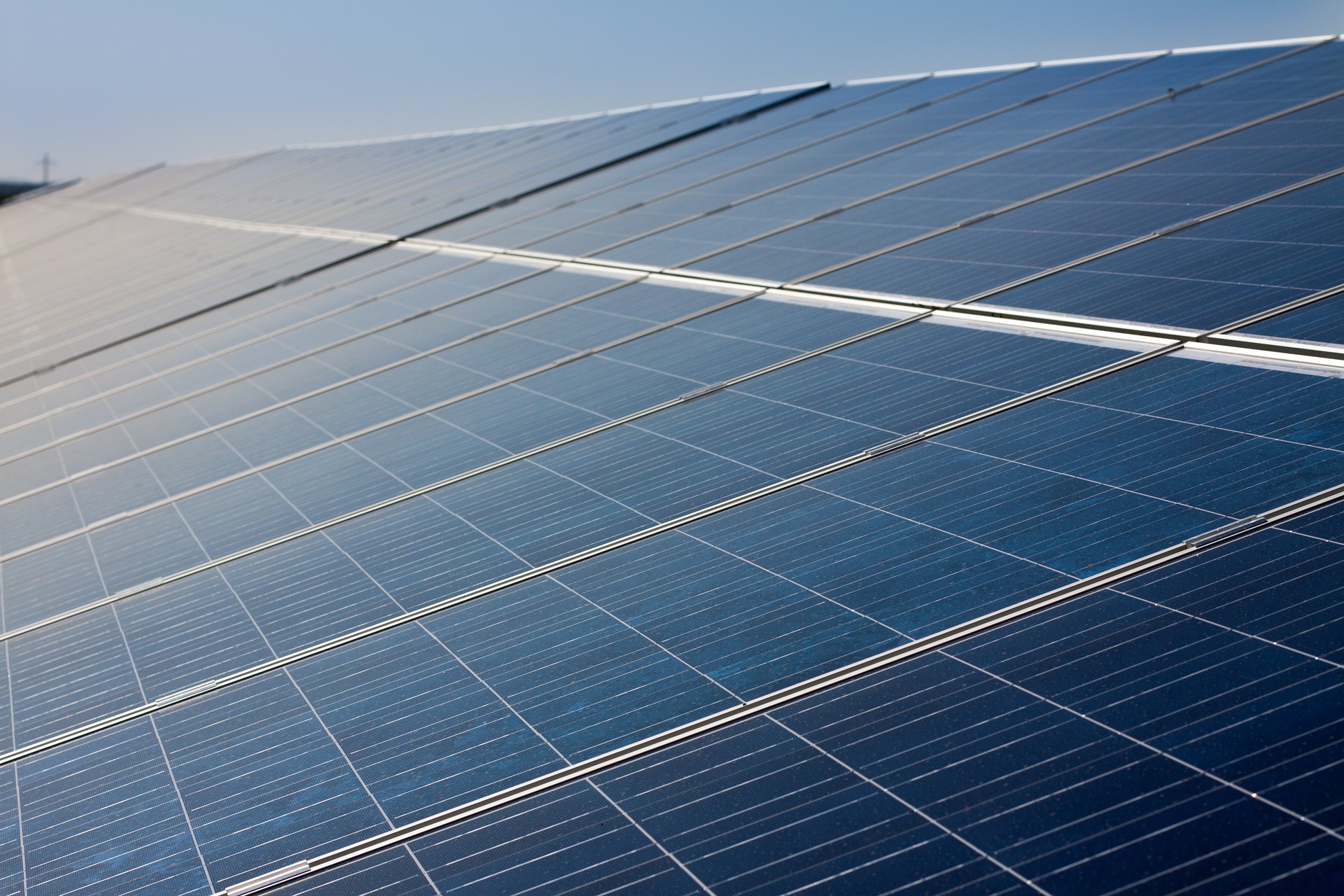
Solar Energy Brings Food, Water, and Light to West Africa
Source:nationalgeographic.com
By
Photograph courtesy Robert A. Freling, Solar Electric Light Fund
It’s long been established doctrine in international development circles that diesel engines are the most cost-effective tools for pumping water and powering villages.
But Robert Freling has been turning that doctrine on its head. The executive director of the Washington-based Solar Electric Light Fund (SELF), Freling has proven that solar power can be more economical than internal combustion engines, if the cost-benefit analysis looks beyond the short term. Exhibit A is SELF’s development project in Benin, a small country in West Africa (map).
In 2007, the nongovernmental organization completed an ambitious plan to bring solar-powered drip irrigation systems to Dunkassa and Bessassi, two arid rural villages in Kalalé, a district in the northern part of the country. In an attempt to bring water to dry land for farming, the project melded two proven technologies—solar power and drip irrigation—that had rarely been used together.
The idea for the Benin project began two years earlier, when Freling received a call from Mamoudo Sétamou, an associate professor of agronomy at Texas A&M University-Kingsville. Sétamou, who grew up in Benin, had recently visited Kalalé and was frustrated with the lack of electricity in rural villages. Sétamou had heard about a successful solar power project by SELF in Nigerian villages. He decided to pitch Freling on Benin.
Hierarchy of Needs
Sétamou’s cold call worked, but the result was not what he imagined. When SELF representatives arrived in Benin, they realized electric light ranked low on the list of the villagers’ needs. A six-month dry season meant there were no crops or fresh vegetables for much of the year, a problem that caused malnutrition and sickness, particularly in children.
“Chronic food insecurity was their number one concern,” said Freling on a recent afternoon at his office on K Street in Washington, D.C., where he displays an assortment of tiny solar-powered lights and photos of himself with former President Bill Clinton and the Dalai Lama. “It’s pretty basic on the hierarchy of needs.”
Instead of starting with electric light, SELF first developed a plan to install solar irrigation systems, which would allow women’s farming cooperatives to grow fresh vegetables for food and for sale.
Drip irrigation has a long history as a highly effective method of bringing water to arid land, and was an obvious choice for Benin. Unlike transitional irrigation systems that spray water into the air, drip irrigation systems rely on gravity to pull water from a reservoir through a system of pipes and directly to the roots of plants. Most applications, however, rely on diesel engines to pump water to the reservoirs.
From the beginning, Freling said, he envisioned the project as a drip irrigation system powered by the sun. But it remained an open question whether matching drip irrigation and solar power would work, and if it would be economical.
Working from blueprints of a diesel drip irrigation system used in Senegal and Niger, engineers developed a solar-powered prototype. The group christened the systems “Solar Market Gardens” and began instillation. In Bessassi, a solar pump now draws water from a year-round stream to fill the irrigation reservoir. In Dunkassa, the water is pumped from the ground. The pumps run strongest when they are needed most, when the sun is blazing down and drying out the soil.
By all measures, the project has been an economic and technological success. Each of three solar-drip systems now supplies an average of 1.9 tons of produce per month, including tomatoes, okra, peppers, hot peppers, eggplant, carrots, amaranth, and greens. The systems cost about $25,000, and SELF said they pay for themselves in two to three years.
Would diesel generators have been a cheaper option? That question has been put to rest. A 2010 paper published in the journal Proceedings of the National Academy of Sciences compared solar drip irrigation systems in Benin to systems driven by gasoline, diesel, and kerosene. (The lead author of the study, environmental scientist Jennifer Burney, who worked with SELF on the project, is a National Geographic Emerging Explorer.) Despite the much higher overhead cost of the solar system, the study found that solar is cost-competitive over time. As fuel prices continue to rise, and the cost of solar technology falls, the paper’s authors said they expect solar drip irrigation systems to become even more economical.
(Related: “Uganda’s Power Drive Stills Rapids at the Headwaters of the Nile”)
“It’s no question, if you are looking for the smallest overhead cost, you would go with diesel every time,” Freling said. “But it’s a flawed idea. You have ongoing fuel costs and operation costs. You’ve got moving parts and things break down. Over time that initial advantage is wiped out and you end up spending more money.”
And that’s without considering the ecological advantages of solar over the soot and greenhouse gas emissions of diesel engines.
Plans for Expansion
After the success of solar drip irrigation in Dunkassa and Bessassi, the organization is now in the process of expanding the project. SELF aims to bring solar drip irrigation systems to 11 more villages, and it is moving on to nonagricultural challenges. Aided in part by a grant from National Geographic’s Great Energy Challenge initiative, SELF plans to install solar systems to power homes, schools, health clinics, and community and Internet kiosks, as well as to install street and market lighting. It’s part of the organization’s solar integrated development model, which Freling hopes will spread in the developing world.
Mamoudo Sétamou’s 2005 cold call to Freling has changed life in the villages. Not long after the initial solar drip irrigation project in Benin began pumping water, Sétamou visited his hometown and saw the change firsthand. As Sétamou walked the streets, he saw three children about four years of age, and was surprised that they did not have distended stomachs or other signs of malnutrition, even though it was the middle of the dry season. As he got closer, he saw they were eating carrots.
“As a child, I saw carrots in books,” Sétamou said, recalling how much has changed in Benin. “Those kids were chewing carrots. It was amazing.”
This story is part of a special series that explores energy issues. For more, visit The Great Energy Challenge.
